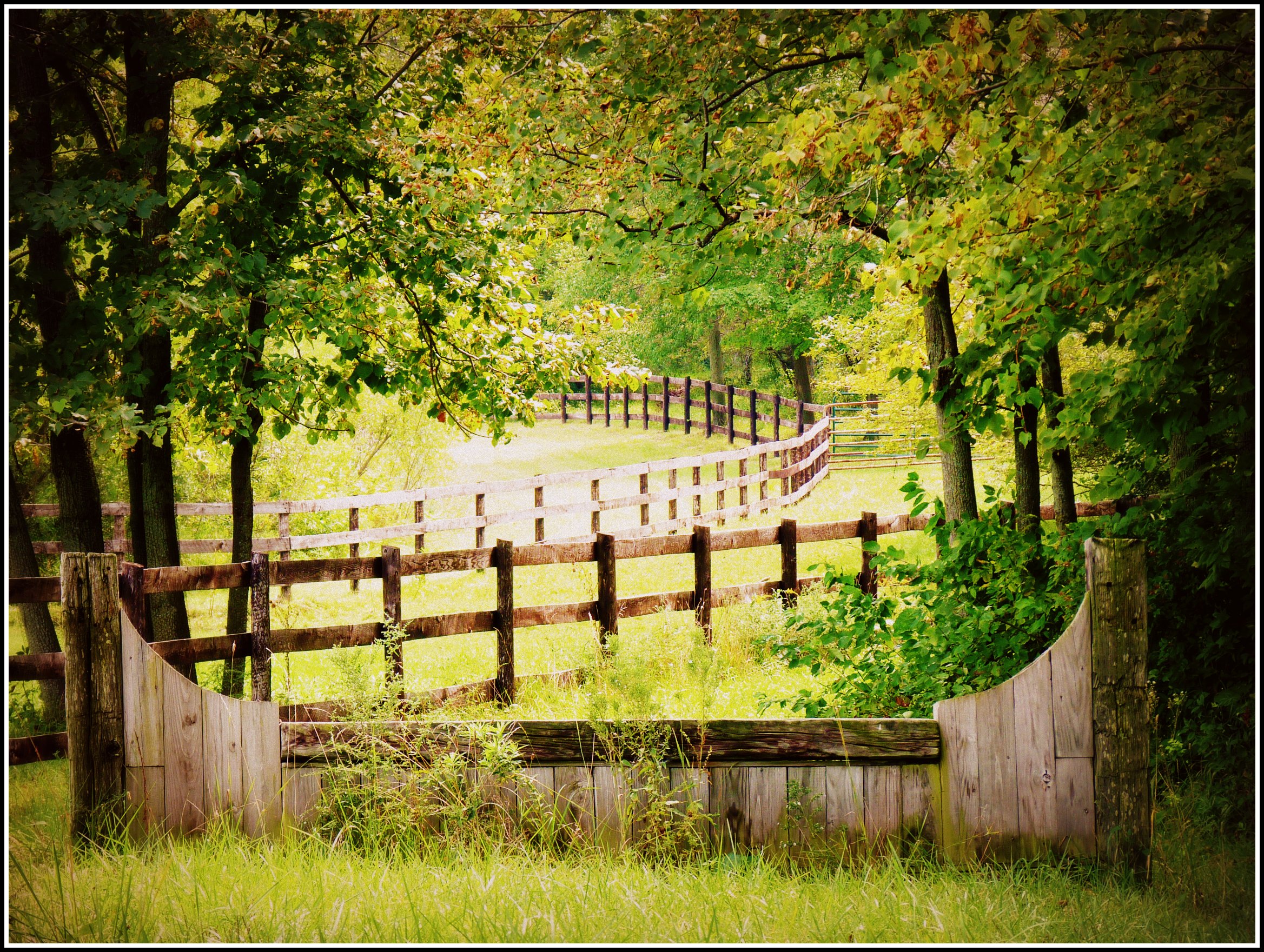Team:Harvard/fences/safety
From 2010.igem.org

safety
Good practices in safety
From the inception of our project idea up through the final stages of development, safety has been a top priority. Of particular focus are preventing the spread of foreign DNA into the environment and consumer safety.
Preventing of the spread of foreign DNA
Our genetic fence construct ensures prevention of the spread of foreign DNA through a series of switches negatively regulating the life of the engineered plant. The default state of an iGarden plant in the natural environment will be immediate death upon commencement of germination. Any seeds that may blow into a nearby garden or the wild will not be viable. Even should a plant grown in the iGarden find its way out of the garden after it is full grown as soon as it is removed from the presence of the fence compound methoxyfenozide a fully or partially grown plant will die fairly quickly and any seeds produced outside the garden will also not be viable.
Barnase is safe for consumers
While Barnase (in the absense of Barstar) is lethal to any cell in which it is produced, studies have shown that Barnase producing plants pose no risk to consumers. Studies have consistently shown that no detectable amounts of Barnase are found in the tissue of plants containing the Barnase encoding gene. This should come as no surprise, as any cell producing Barnase even for a short amount of time will very quickly cease to exist. It has also been shown that Barnase shows no similarity to any known allergens or toxins, and if ingested will be inactivated in the stomach due to the low pH.
 "
"

